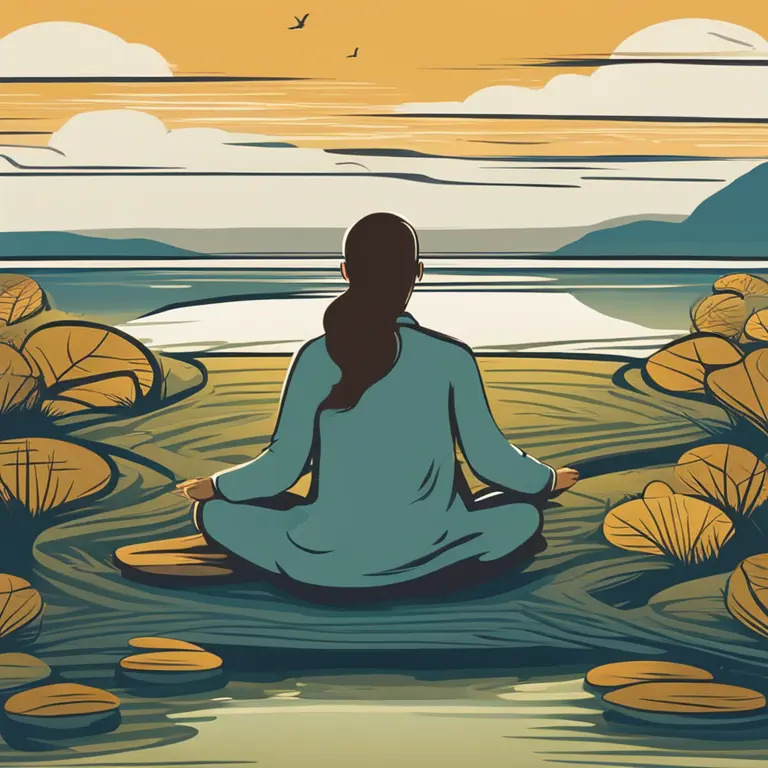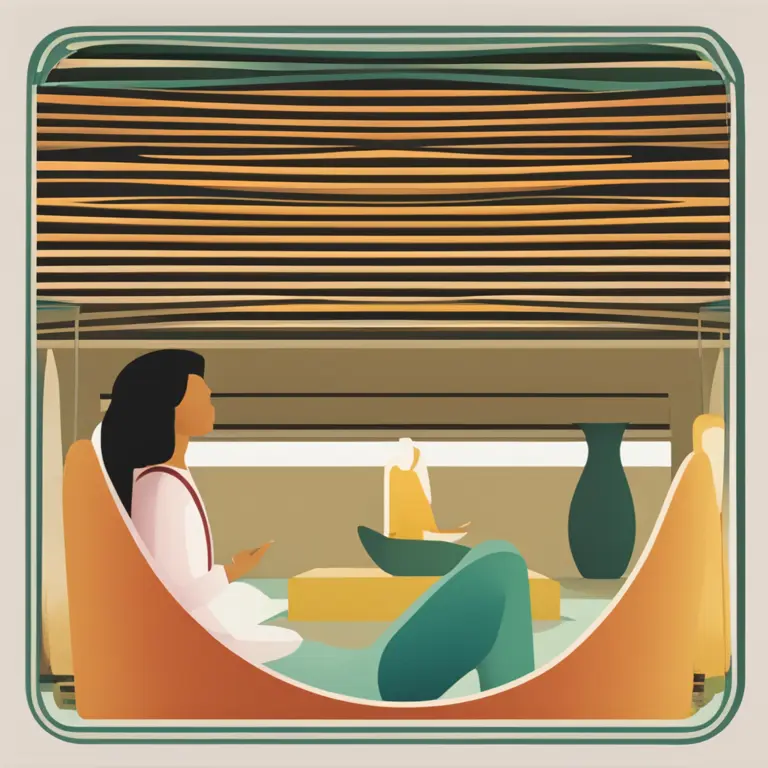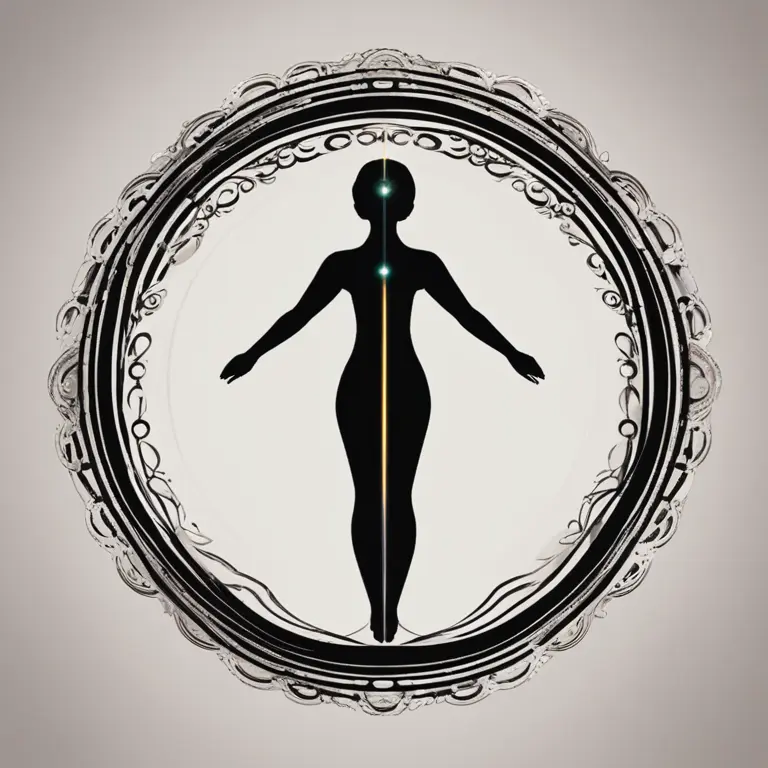
Mindful Meditation Practices for Daily Calm
Discover the art of mindfulness through simple meditation practices designed to bring tranquility to your daily life.
article by Hina Kurosawa
Introduction to Mindfulness Meditation
Meditation and mindfulness have become essential tools in the modern arsenal against stress and anxiety. Mindfulness meditation, in particular, emphasizes the importance of living in the present and experiencing each moment to its fullest. This technique has roots in ancient traditions but has been adapted for contemporary lifestyles, offering a practical approach for cultivating a peaceful mind. Embarking on such a journey requires patience and practice, but the rewards of enhanced clarity and serenity are within reach for anyone willing to explore the depths of their consciousness.

Starting Your Practice
Initiating a mindfulness meditation routine may feel daunting at first; however, simplicity is key. Find a quiet and comfortable space where disturbance is minimal. Dedicate a specific time each day for practice, whether it's early morning or during a break in your schedule. Start with just a few minutes, gradually increasing the time as your comfort with the process grows. Consistency is more crucial than duration, as regular practice lays the foundation for deeper mindfulness.

Focusing on the Breath
The breath is a timeless focal point in meditation practice. By paying close attention to the inhalation and exhalation, one anchors themselves in the present moment. Observe the flow of air through your nostrils, the rise and fall of your chest, or the sensation within your belly. When your mind wanders, gently guide your attention back to your breathing. This simple act of returning to the breath serves as a metaphor for handling distractions in daily life.

Body Scan Technique
The body scan is another effective mindfulness method, promoting deep relaxation and awareness of body sensations. Lying down or sitting comfortably, begin at your toes and work your way up, noticing any tension, pressure, or discomfort without judgment. By methodically shifting your focus through different body parts, you cultivate a heightened sense of bodily presence, bridging the gap between the mental and physical aspects of your being.

Mindful Observation
Mindfulness can also be practiced through observation. Select an object - a flower, a candle flame, or even a photograph - and give it your full attention. Observe it without mental commentary, absorbing its colors, shapes, and other characteristics. This practice trains the mind to engage fully with the present and discourages habitual thought patterns that distract from the richness of now.
Integrating Mindfulness Into Everyday Life
While structured meditation is beneficial, true mastery of mindfulness involves integrating it into all aspects of daily life. Approach routine activities - like washing dishes, walking, or eating - with full attention. This not only enhances the quality of your everyday experience but also reinforces the habit of presence, making mindfulness not just a practice, but a way of life.
Mindfulness and Digital Detox
In today's tech-driven world, mindfulness includes being conscious of digital consumption. Encourage regular digital detoxes by setting aside electronics at certain times of the day. Use these moments for self-reflection or to connect with your environment, cultivating a mental space free from the constant pull of notifications and newsfeeds. This discipline assists in reducing digital overwhelm and fosters a more harmonious relationship with technology.
Published: 1/18/2024
Modified: 1/18/2024
More predictions
Come back here soon to learn more about yourself and your future


Mastering The Path Of Mindfulness Meditation
Discover the serene path of mindfulness meditation with this comprehensive guide designed to help you find inner peace and clarity.


The Art of Mindfulness Meditation: A Step-by-Step Guide
Discover the serene journey of mindfulness meditation—learn the art of presence and cultivate a more mindful, peaceful existence.


A Beginner's Guide to Mindful Meditation Explained
Discover the essentials of mindful meditation to start your journey towards inner peace and heightened awareness with this beginner-friendly guide.